My last week in Ligorio was a rollercoaster of emotion, much like every other week for the past two years, only this time it was drastically more intense. A little over a week before my departure date, I held a thank you party for the people of Ligorio and Langu to express my appreciation for the way in which they welcomed me into the community and lived with me.
Bram, a Belgian volunteer teacher, and I dressed up in our Saramaccan attire for the thank you party!
Frank and I sitting in front of all the food and drinks I shared with the village. Inside the buckets are noodles, rice, chicken and an assortment of cakes.
Tina presenting me with a table cloth to bring back to America!
Thomas and I
Joanne, Esselien, Rachel and Julia were nice enough to pass out the food and drinks to all the people who attended.
Senimai and Fesi – two of my neighbors who took me in as their surrogate son, frequently cooking for me and always willing to tell me how “naughty” I was.
My good friend, Toni, and I after playing soccer at the Emancipation Day party called Keti Koti (meaning “the chains are broken”).
Later that evening (it was Monday, July 1, 2013) the village leaders received word that a man who was visiting the Ligorio area had died. One day the village was celebrating, the next they were arguing over the proper way to bury the man. These arguments took up the better part of the next three days, as the people from Ligorio weren’t certain of the way in which the deceased’s family wanted him buried.
On Tuesday, Mariette, a girl in my 5th grade English class, climbed up 30 feet into a tree to pick fruits, and when the weight of her body snapped the branch on which she was sitting, she fell to the ground, dislocating/separating both of her forearms from her elbows. I wanted to throw up looking at her cry out in pain. I knew how she felt for I have had my fair share of traumatic dislocations. Luckily, the girl’s little sister who was on the same branch was able to cling onto a branch below them and prevent herself from hitting the ground.
I watched as a group of 30+ people surrounded the girl and argued whether or not they should try to treat her with traditional medicines or take her to the local health clinic’s nurse. Although not a main player in this verbal battle, I stressed the importance of getting her to the city so that x-rays could be taken of her injuries to know exactly what treatment was needed.
I watched as grandmothers started splashing Mariette with water and holding her forearms as she twisted and turned and squealed in pain. I watched as her father pulled up in a motorboat, tears streaming down from his eyes, crying out to God, asking Him when will he be rewarded for all the hard work that he is doing for his children because all he sees is suffering. I watched the horror and felt the isolation and understood the resilience of the Saramaccans.
24 hours after Mariette fell, she boarded an airplane and was flown to the city where her arms were put back in place. It wasn’t until Thursday morning that we buried the man in Ligorio’s graveyard. By Saturday, life in Ligorio had quieted back down to its normal, slow pace.
Saturday night, Ligorio held a thank you party for me and although the torrential rain deterred many party-goers, it didn’t keep the heart and soul of Ligorio from coming out to celebrate.
Julia Alinkie taught me how to sing a traditional Saramaccan song and above I am performing the song while the women are bent over and clapping.
Lota and I dancing “saketi”
Julia Alinkie and I
Presenting Thomas with the Ligorio sign. Here I was given the opportunity to address the audience and express my gratitude. I thanked them saying that when I arrived I didn’t know a single person in Ligorio and when I left, I felt like I was leaving my Saramaccan family behind me. And to me, their willingness to welcome a complete stranger into their hearts and the effort they made to get to know me meant alot!
When the electricity cut out, I ran home and grabbed my guitar. By the time I got back, the electricity had been turned back on but that didn’t stop us from performing the best rendition of “Noiti moo, noiti moo, ma sa fekete” (meaning “never, never can I forget”).
This was truly a magical moment for me. When I started playing, I was by myself, but one by one, these men came and surrounded me and we sang the song together. I think I even saw the women bent over in their chairs with their breasts to their knees, bobbing in a tired and sleep deprived rhythm and moving their mouths to the words of the song. For me, it was perfect.
And then, after surviving two years in the jungle and most recently 13 straight weeks in Ligorio, on Monday July 8, 2013, I was hit by my most difficult challenge as a Peace Corps Volunteer, humbling all of the obstacles I faced in the past. For the last time, I said goodbye to the Saramaccans who treated me as if I was one of their own and not a bone in my body wanted to climb into that airplane to leave.

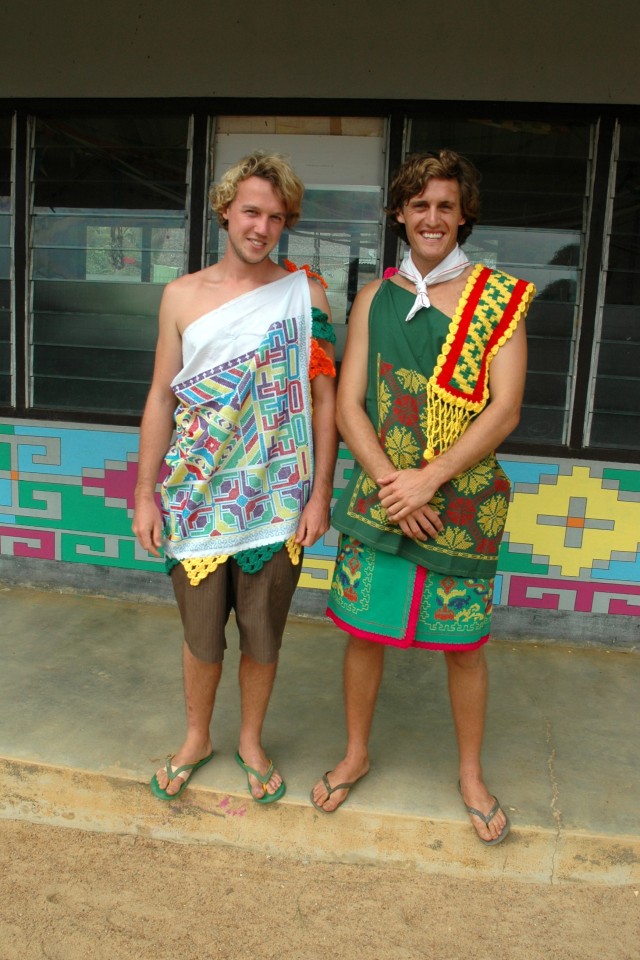
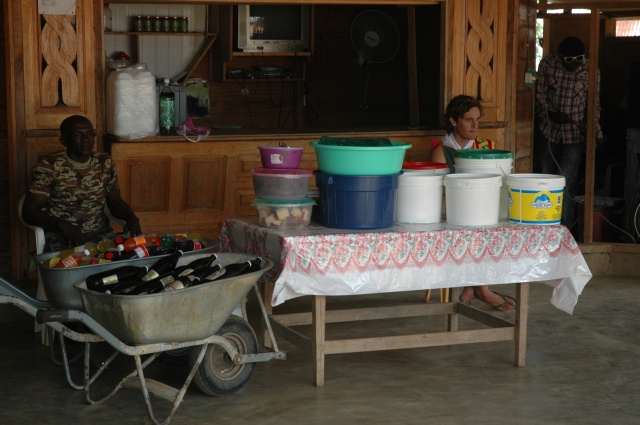
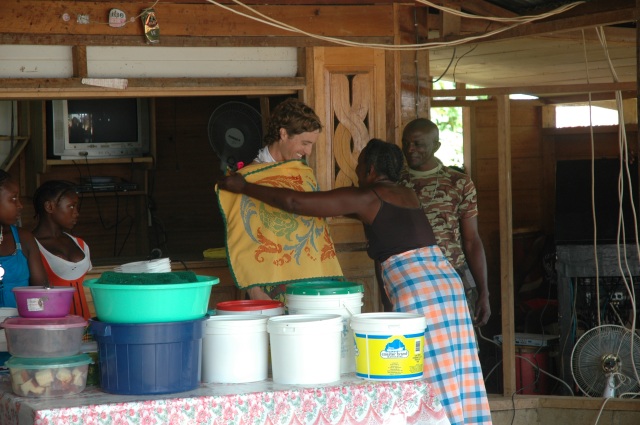
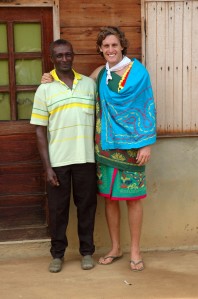
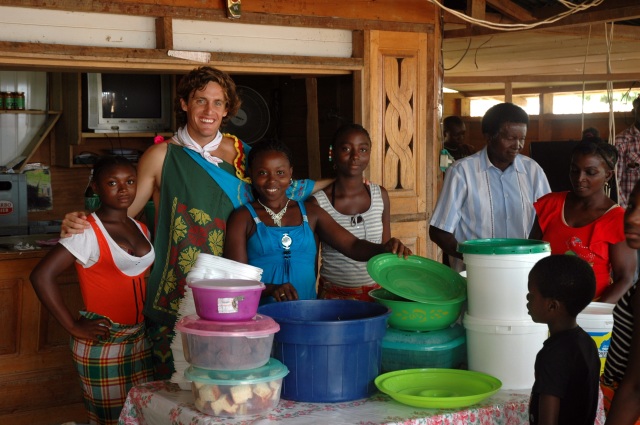
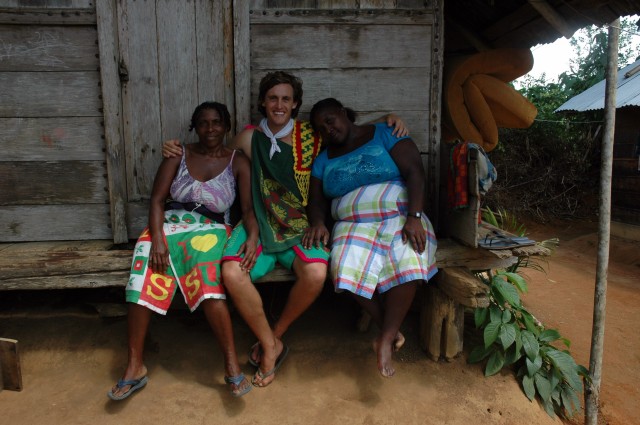
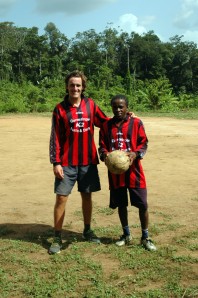
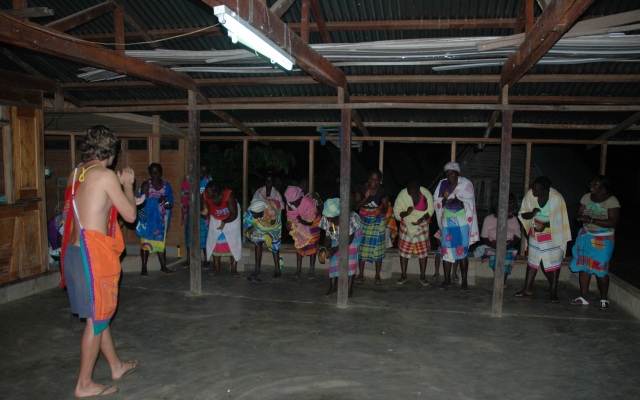
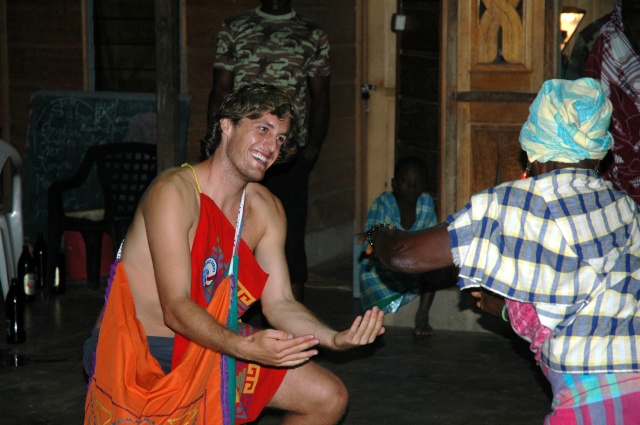
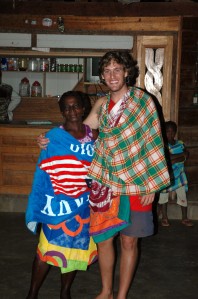
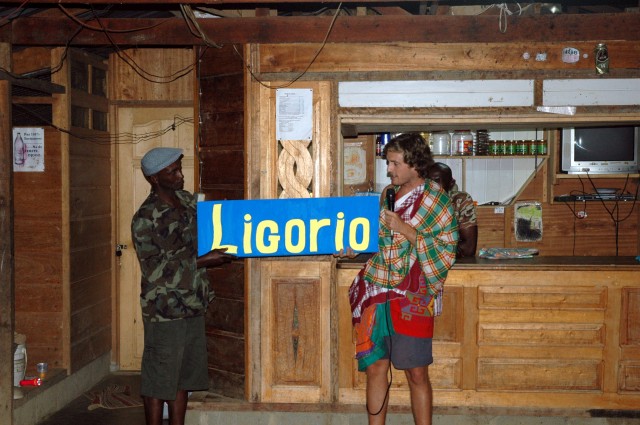
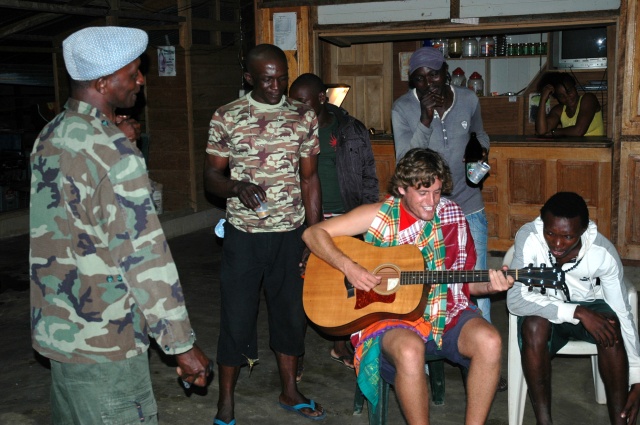
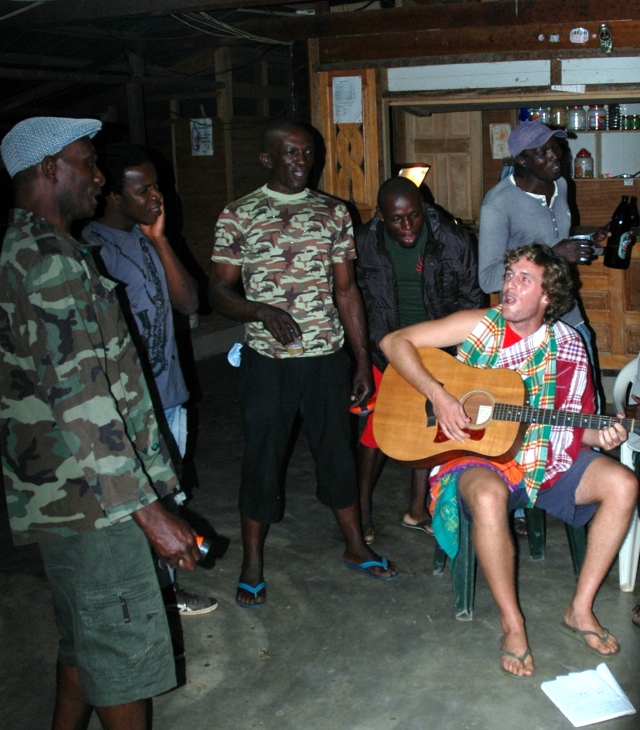
What great pictures, John — they really speak to how integrated into the community you were. Congratulations on two amazing years. Your dedication to Ligorio and the Saramaccans is remarkable and admirable. Waka bunu, mati.
Gaantangi fii, baa! Mi bi abi koloku di wan bunbun ameeka womi bi koti di pasi da mi.
John, please don’t stop writing after you get home. Your photos and the sharing of your thoughts and feelings should be made into a book.
Mary
Thank you for the kind comment, Ms. Wilson! I will definitely continue writing after I return home. There is still so much to tell…
Bring them back to Maryland!
I loved seeing all the pictures of your final days in Ligorio – you created quite a bond with the Saramaccans. All of you were most fortunate to spend 2 years together – facing many challenges!! Congratultions on a job very well done. BP
Have loved reading about your adventures in Surinam. My father use to fly for SLM Airlines and he frequently flew to the bush, developing a friendship with the Saramaccans. We lived in Paramaribo from 1966 to 1969. Your blog has brought back many found memories, ones I wish to not forget.
Thanks for sharing your fondness of Suriname and the Saramaccans, Terry! It is great hearing from you and please feel free to return to “Sunny in Suriname” whenever you feel like jogging your memory.
John, your last entry is so moving. It sounds like you had such a powerful experience. Isn’t it funny how when we open our hearts and minds and let people in, amazing things can happen. We could clearly see what an impactful visit you had. Good luck in your next endeavor!
Thank you, Mrs. Smith! I did have an extremely powerful experience down there and couldn’t agree with you more! I strongly believe that the willingness and capacity of Peace Corps Volunteers (PCVs) to open their hearts and minds largely determined the extent to which they were able to integrate into their communities.
I remember the time I completely opened myself was when I was shattered mentally and emotionally and I told two Saramaccan women how I felt about a particularly hard situation and they consoled me just like I was their child. Through that emotional connection, it was the first time I truly felt like a part of the village. It tore down all barriers; it was no longer Americans and Saramaccans, simply two people.